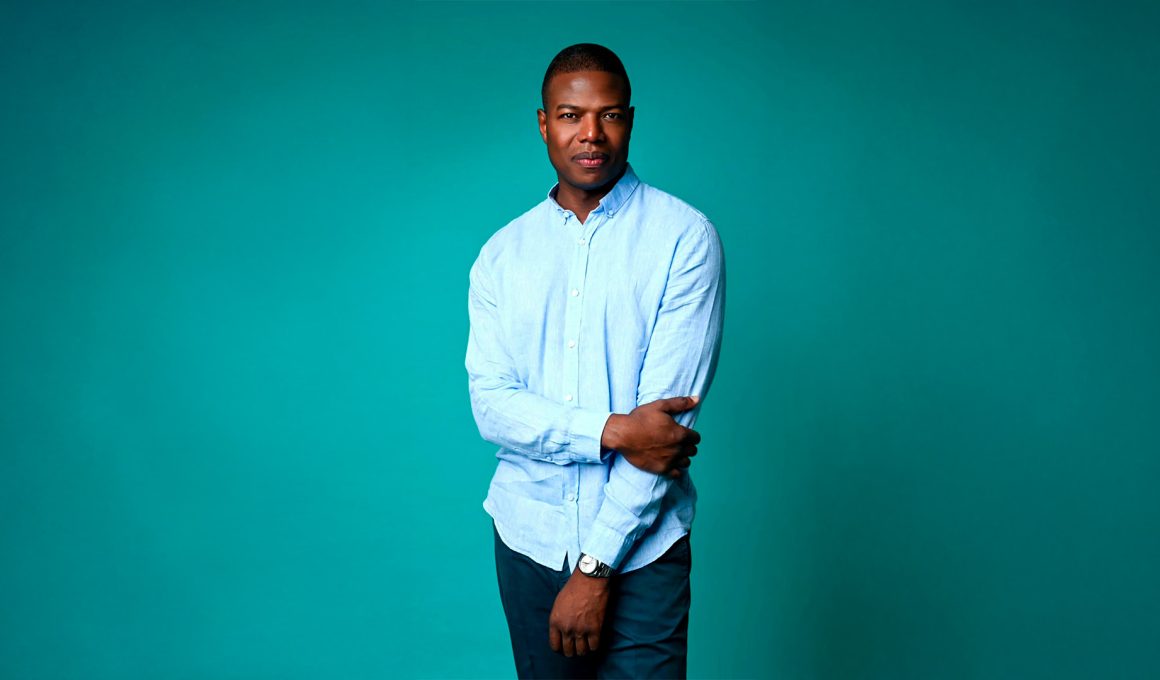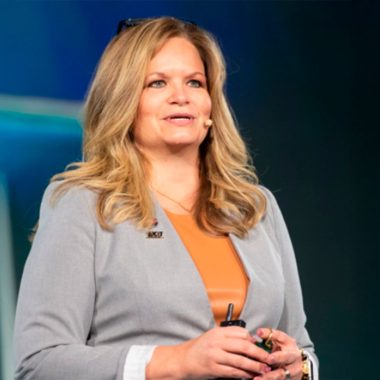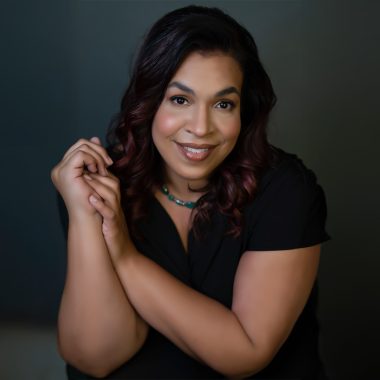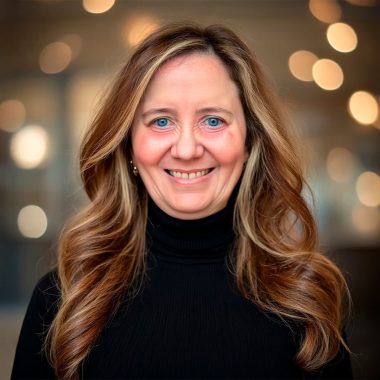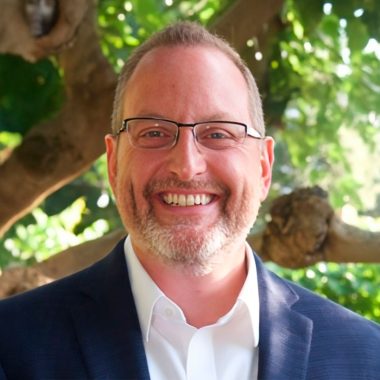From critical infrastructure to consumer platforms, Adrien B. Diarra built his reputation by chasing risk wherever it grew fastest. “My background in trust and safety has been tied to the evolution of online threats,” says Diarra. Trained as a cybersecurity expert, he began by hardening command-and-control systems that power critical infrastructure and defense. He then moved to banking, securing trillions of dollars in financial services at Goldman Sachs.
The next leap was scale itself. At Meta, he advised on strategic security and trust and safety for vast, AI-driven ecosystems, where product design choices can protect or expose entire populations overnight. “Moving from protecting a 33,000 [device] infrastructure at Goldman Sachs to 1.5 billion users at Meta is a different approach, a different problem,” shares Diarra. His perspective remains distinctively people-first. “Education is key,” he says. “The best person to save you is yourself.” He believes platforms must empower users with clear guardrails while working hand-in-hand with regulators, law enforcement, and private sector partners to address structural safety issues that individuals cannot solve alone.
The Business Case for Safety
Diarra argues that the industry crossed an inflection point in 2015 then again in 2022. “There has been a paradigm shift,” he says. Organizations moved from outsourcing security, to building teams in-house, to what he calls the ‘platformization’ of security, and now the mutualization of efforts. As generative AI accelerated the speed and scale of abuse, companies realized they could not treat threats in isolation. “There has been an emergence of working groups across the industry to see the commonalities of the problems and try to face them together,” he says.
That operational shift came with a commercial one. “The concept of trust and safety had to move from being seen as a cost center to the main value proposition,” Diarra says. Retention and acquisition now hinge on credible protection. Customers, banks, early stage companies, Fintech, high-profile creators, and even insurers are selecting partners based on recovery speed, detection quality, and impersonation controls. “It became a business value proposition. Come to us because we have better security. Come to us because we recover faster. Come to us because we detect earlier,” he adds. Consider verification programs on social platforms. Diarra views them less as vanity features and more as bundled security offerings with fast-track remediation, higher quality defenses against impersonation, and improved support when incidents occur. That combination turns safety into a premium service tier that users can understand, measure, and value.
Designing for Protection and Compliance
For executives weighing growth targets against regulatory requirements, these priorities reinforce one another when done well. “Trust and safety and user protection go in line,” he says. “The need to protect users gave rise to trust and safety teams, which not only safeguard the experience but also track evolving regulations to ensure compliance.” He points to a growing body of policy in the United States and the European Union that is redefining the relationship between platforms and users, particularly on issues that affect youth and vulnerable communities. The result is a more durable operating model where safety expectations are explicit, tooling is auditable, and accountability is shared.
That said, he encourages leaders to strike the right balance. “A lot of teams are spending an incredible amount of time checking compliance boxes” he says. The most effective organizations find ways to integrate safety-by-design and compliance assurance earlier into product roadmaps, and go-to-market strategies, so that evidence of compliance emerges naturally from sound practices. The focus, he adds, should always be on caring for users first, with regulatory reporting as a natural outcome of that commitment.
What Comes Next
Looking ahead, Diarra expects the tempo of offense to outpace isolated defenses unless companies re-architect for speed and cross-industry coordination. “We are in an unprecedented era when it comes to growth of attack vectors and bigger blast radius” he says. With Gen AI, the detection has been fast but the attack has been even faster. He warns about rapid lateral movement across platforms when a single account is compromised and urges C-suites to measure success in minutes, not months. That means tighter partnerships with B2B accounts, e.g. banks and insurers; more resilient identity and impersonation safeguards, and a more proactive safety experience inside the product itself, where users learn to spot risks and recover quickly.
Diarra is also investing in the next generation of digitally fluent citizens. He is the author of the animated series CyberPals: Around the World Adventure in Digital Safety, a project that blends Gen AI and storytelling to teach resilience to youth and parents. The through line is the same one that guided his career from defense networks to social apps: practical education for users, strong coordination among institutions, and security features that customers will happily pay for because they reduce friction and protect what matters.
Follow Adrien B. Diarra on LinkedIn for more insights.
